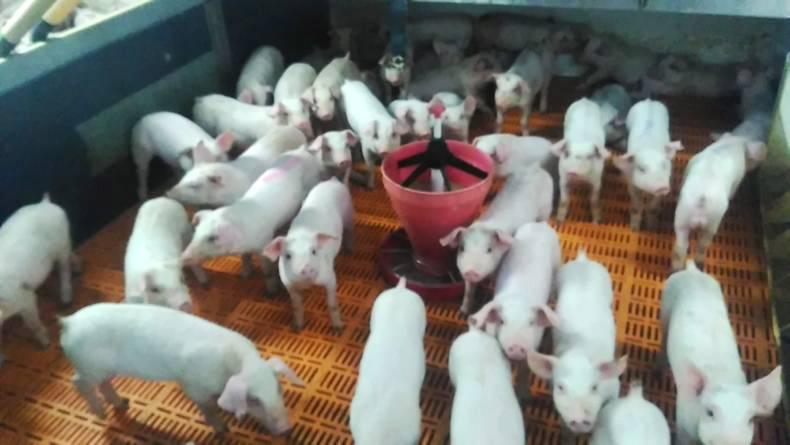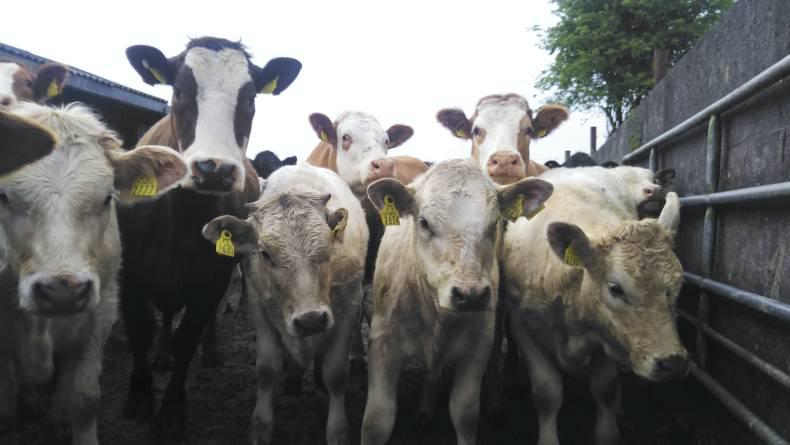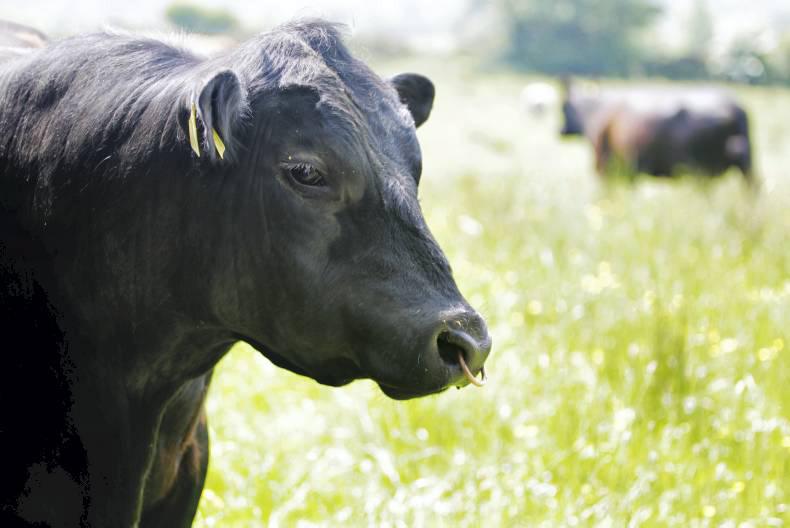Today we are weaning the piglets by moving them to the weaner house. The piggery sheds are well-adapted so that we can move the pigs with ease. The farrowing crate is easy to open and take apart so when the house is cleared out it can be cleaned quickly before the next batch of sows are moved in.
I checked for any weak or hungry piglets and fostered them into a smaller litter on a different sow. If the sow has a particularly large litter of piglets, I will need to mix up a milk replacer and place it in their feeder. I then emptied the piglet creep feeders and sow troughs to keep them clean for the next feeding.
Play pens
I then went up to the weaner house where the pigs were separated into play pens. The play pens consisted of a large creep feeder which allowed adequate feeding space for each young pig. Martin places footballs and feed-filled toys in the pens, as he believes that enriching the environment of the pigs helps to reduce stress and keep each pig content.
It is important to keep stress levels down, especially the first month after mating. As implantation of embryos occurs between day 11 and day 18, and stress can have an adverse effect on embryo survival.
Nutritional requirements
He then explained the nutritional requirements of farrowing sows, so that they use their feed more efficiently than a dry sow. The feeding programme not only affects her performance at her pregnancy stage but more importantly affects her future performance as a breeder.
Martin explained to me that feeding rates are determined by body weight, sow condition, stage of pregnancy, housing and temperature.

Robin Hood
Finally I was shown the black Duroc boar Robin Hood, whose job was to stand in a stall in front of the sows and gilts. His presence is needed to check for oestrus in sows. They are then artificially inseminated.
I really enjoyed my time at Kiernan's piggery. For such a large-scale piggery it was well managed and I was able to get a hands-on experience with their husbandry practices and the underlying science behind it.
Read more
Jodie?s blog: the importance of temperature for piglets
Today we are weaning the piglets by moving them to the weaner house. The piggery sheds are well-adapted so that we can move the pigs with ease. The farrowing crate is easy to open and take apart so when the house is cleared out it can be cleaned quickly before the next batch of sows are moved in.
I checked for any weak or hungry piglets and fostered them into a smaller litter on a different sow. If the sow has a particularly large litter of piglets, I will need to mix up a milk replacer and place it in their feeder. I then emptied the piglet creep feeders and sow troughs to keep them clean for the next feeding.
Play pens
I then went up to the weaner house where the pigs were separated into play pens. The play pens consisted of a large creep feeder which allowed adequate feeding space for each young pig. Martin places footballs and feed-filled toys in the pens, as he believes that enriching the environment of the pigs helps to reduce stress and keep each pig content.
It is important to keep stress levels down, especially the first month after mating. As implantation of embryos occurs between day 11 and day 18, and stress can have an adverse effect on embryo survival.
Nutritional requirements
He then explained the nutritional requirements of farrowing sows, so that they use their feed more efficiently than a dry sow. The feeding programme not only affects her performance at her pregnancy stage but more importantly affects her future performance as a breeder.
Martin explained to me that feeding rates are determined by body weight, sow condition, stage of pregnancy, housing and temperature.

Robin Hood
Finally I was shown the black Duroc boar Robin Hood, whose job was to stand in a stall in front of the sows and gilts. His presence is needed to check for oestrus in sows. They are then artificially inseminated.
I really enjoyed my time at Kiernan's piggery. For such a large-scale piggery it was well managed and I was able to get a hands-on experience with their husbandry practices and the underlying science behind it.
Read more
Jodie?s blog: the importance of temperature for piglets













SHARING OPTIONS